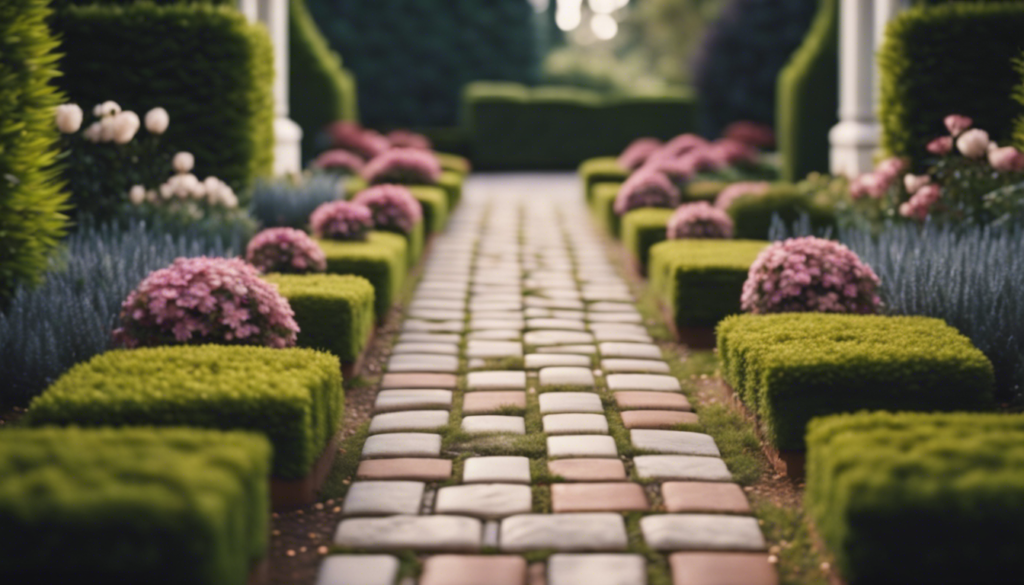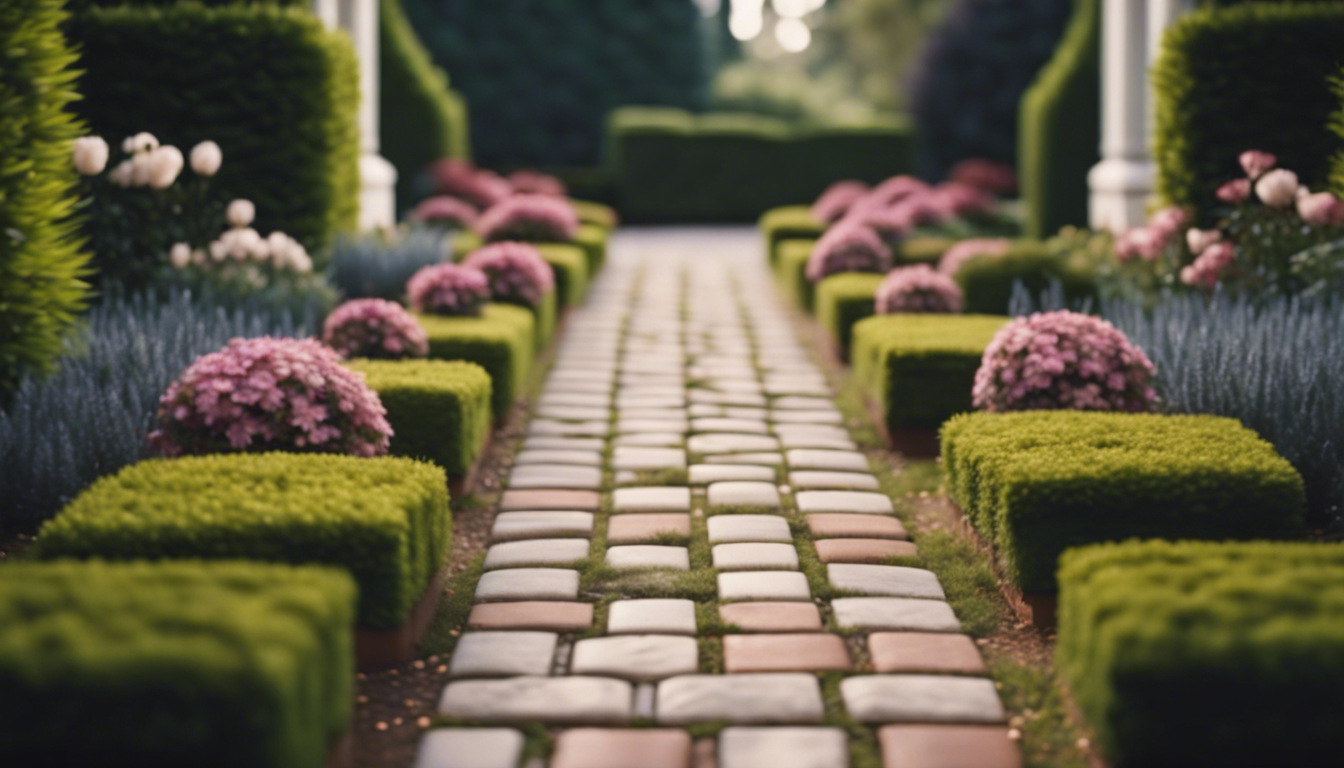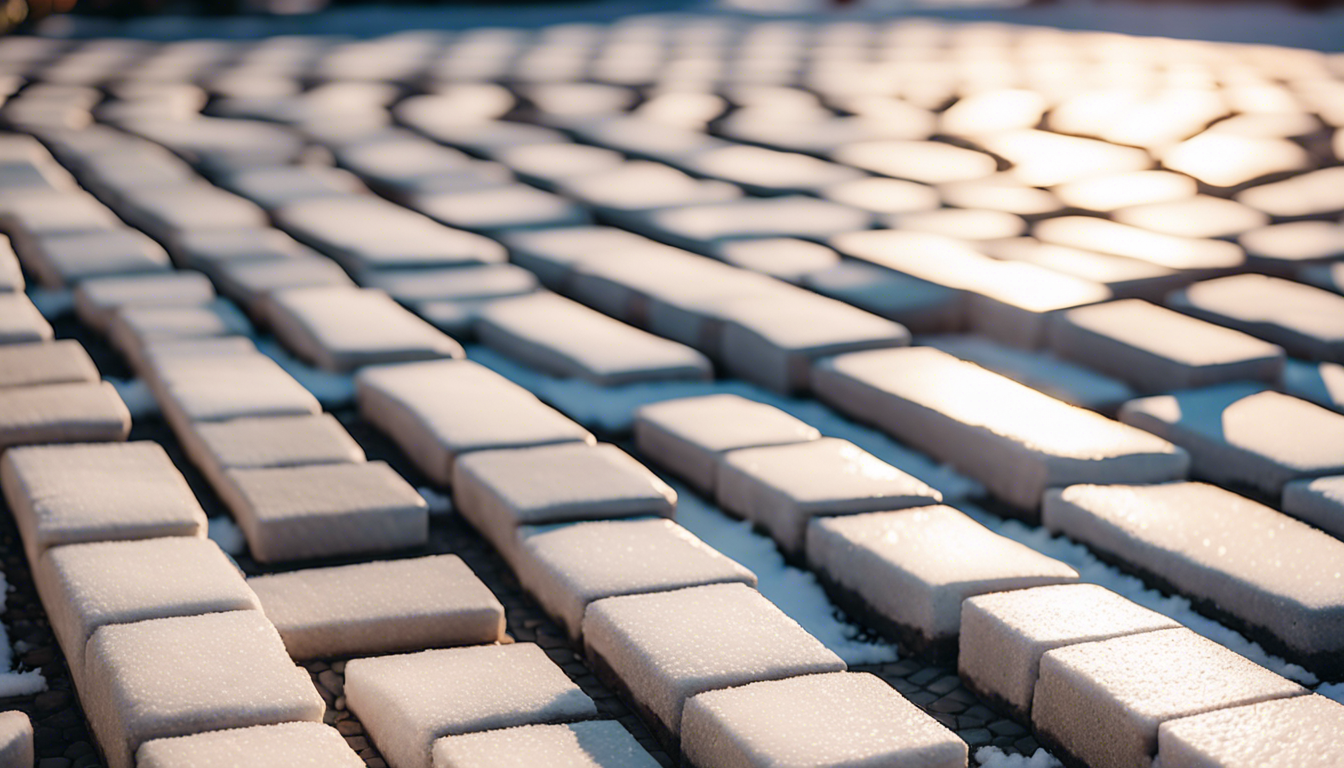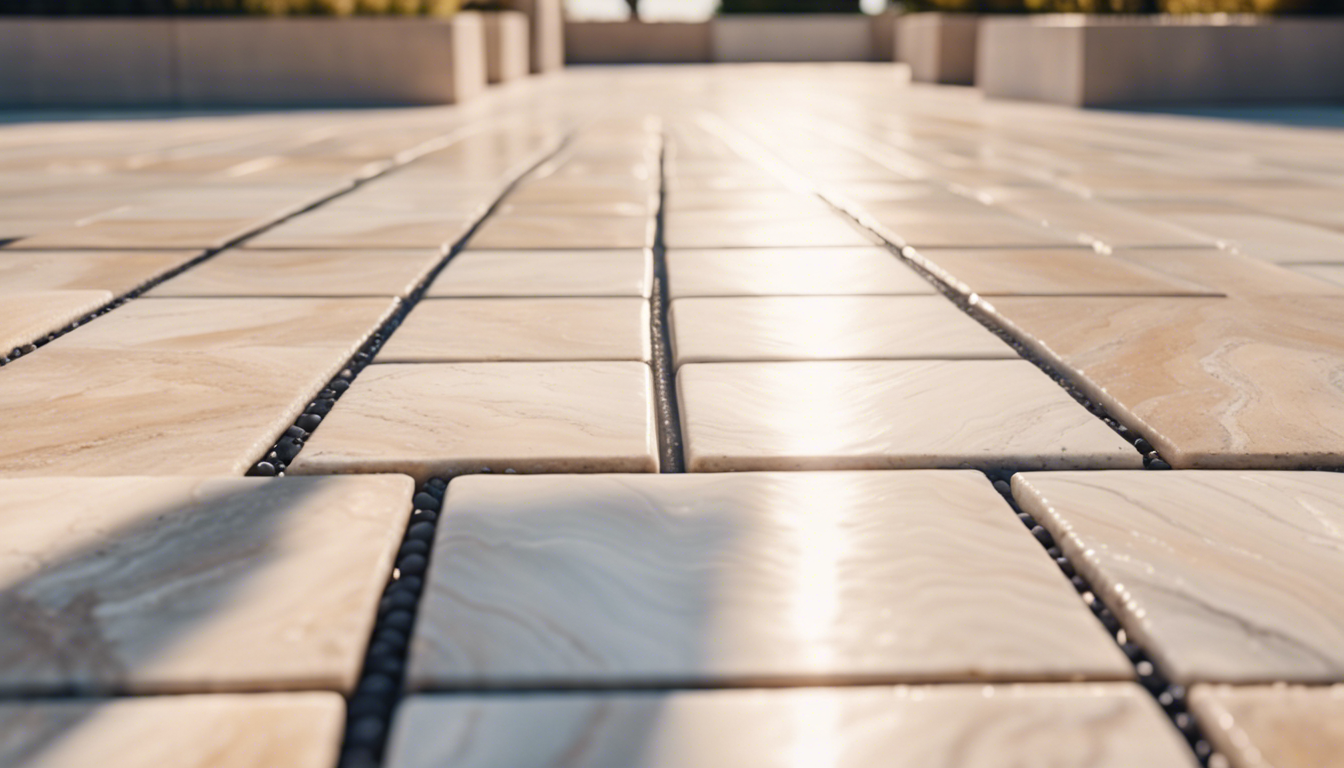
Glendale’s Guide to Paver Selection

In Glendale’s unique climate, selecting pavers that offer both heat resistance and freeze-thaw durability—like light-colored concrete, travertine, and marble—is crucial for outdoor spaces. These materials not only cope well with extreme temperatures but also contribute to a cooler, more sustainable environment by reflecting sunlight.
Understanding Glendale’s Climate and Its Impact on Pavers
Understanding Glendale’s climate is key when choosing materials for outdoor pavers. The city experiences hot, dry summers and cold winters. This unique weather demands pavers that can handle both extreme heat and freezing conditions.
- Heat resistance: Glendale’s summers can be harsh. Studies by the MIT Concrete Sustainability Hub show that “cool pavements” can lower temperatures. These pavements use materials like concrete or light-colored aggregates that reflect sunlight, reducing the heat absorbed by the ground.
- Freeze-thaw durability: Winters in Glendale bring freezing temperatures. The right paver material must withstand these conditions without cracking. Research suggests using materials that can endure the freeze-thaw cycle, ensuring longevity and safety.
- Environmental impact: Choosing the right pavers isn’t just about weather resistance. It’s also about reducing our carbon footprint. Innovations like carbon-neutral pavements and “cool pavements” that reflect more solar radiation can help mitigate climate change effects. By selecting these materials, homeowners and property developers in Glendale can contribute to a healthier planet.
 The Science of Cool Pavements: A Solution for Hot Climates
The Science of Cool Pavements: A Solution for Hot Climates
The Science of Cool Pavements: A Solution for Hot Climates
In Glendale’s hot climate, cool pavements offer a smart way to beat the heat. By reflecting more sunlight, these pavements help reduce the temperature of the surroundings. Let’s look into the details:
- How Cool Pavements Work:
- Made from materials like concrete or lighter-colored binders that reflect sunlight.
- Can be porous or use reflective materials to lower surface and air temperatures.
- Benefits in Hot Climates:
- Lower air temperatures by several degrees, making cities like Glendale cooler.
- Reduce the need for air conditioning in buildings, saving energy.
- Help in fighting climate change by reducing greenhouse gas emissions.
- Why Glendale Needs Them:
- With the urban heat island effect, cities get hotter than rural areas. Cool pavements can counter this.
- They offer a way to make living in hot climates more bearable.
- By absorbing less heat, they contribute to a cooler, more comfortable environment.
Top Paver Choices for Glendale’s Climate
In Glendale’s warm climate, choosing the right pavers for your outdoor space is key. Light-colored materials like travertine, marble, and light-colored concrete are top choices. These options reflect sunlight, keeping the ground cooler underfoot. Plus, their durability and low maintenance make them ideal for the weather conditions in Glendale.
- Travertine Pavers: Natural and eco-friendly, travertine stays cool and is perfect for pool decks and patios.
- Marble Pavers: Offers unique patterns due to its formation process. It’s ideal for adding elegance to outdoor spaces.
- Light-Colored Concrete Pavers: Affordable and durable, they reflect heat well and come in various designs to match any outdoor decor.
For those looking to enhance their outdoor living areas, these paver options not only provide comfort and heat resistance but also add a touch of style. Whether you’re updating a patio, driveway, or walkway, selecting the right material can transform your outdoor space while ensuring it’s suited to Glendale’s climate.
 FAQ
FAQ
How do Glendale’s unique weather conditions affect paver selection?
Glendale’s hot, dry summers and cold winters demand pavers that can withstand extreme heat as well as freezing conditions. Materials that offer heat resistance and can endure the freeze-thaw cycle without cracking are ideal for this climate.
Can cool pavements really make a difference in hot climates like Glendale?
Yes, cool pavements can significantly impact hot climates by reflecting sunlight and reducing the heat absorbed by the ground. This can lower air temperatures around the pavements, making outdoor spaces more comfortable and reducing the need for air conditioning.
What are the best paver materials for Glendale’s climate?
Light-colored materials such as travertine, marble, and light-colored concrete are excellent choices. They reflect sunlight, keeping the ground cooler, and are durable and low maintenance, making them suitable for both the heat and cold of Glendale’s climate.
How do cool pavements help in fighting climate change?
Cool pavements reduce the heat island effect in urban areas and lower the demand for air conditioning, thereby saving energy. By reflecting more sunlight and absorbing less heat, they contribute to reducing greenhouse gas emissions, playing a part in mitigating climate change effects.
What are some installation tips for outdoor pavers in Glendale?
To ensure longevity and safety, choose the right type of pavers for the climate, ensure a solid foundation with proper drainage, and use edge restraints and polymeric sand for joints. This helps prevent shifting, weed growth, and ensures stability.
How can I maintain my outdoor pavers in Glendale’s challenging climate?
Regular cleaning with a broom and water, sealing the pavers every 3-5 years, replacing damaged pavers promptly, and using sand instead of deicing chemicals in winter are key maintenance tips. These practices protect the pavers from UV rays, stains, moisture, and damage from freezing conditions.
Are there any environmental benefits to choosing specific pavers?
Yes, selecting materials like carbon-neutral pavements and cool pavements that reflect more solar radiation can help reduce your carbon footprint. By choosing these innovative materials, homeowners and property developers in Glendale can contribute to a healthier planet.
Installation and Maintenance Tips for Durable Outdoor Pavers
To ensure your outdoor pavers in Glendale remain in top condition amidst its challenging climate, following these installation and maintenance tips is key. Proper care will help you avoid common issues such as spalling and frost heave, extending the life of your pavers.
- Installation Tips:
- Choose the right type of pavers for Glendale’s climate. Consider our paver services.
- Ensure a solid foundation by using the right base materials and proper spacing for drainage.
- Install edge restraints to prevent shifting and use polymeric sand for joints to deter weed growth and ensure stability.
- Maintenance Tips:
- Regularly clean your pavers with a broom and wash them with clean water to keep them free of dirt and debris.
- Seal your pavers every 3-5 years to protect against UV rays, stains, and moisture. Learn about our sealing services.
- Replace damaged pavers promptly to prevent further damage to surrounding areas.
- In winter, use sand instead of deicing chemicals to avoid damage. If chemicals are necessary, apply them sparingly according to the manufacturer’s instructions.
By following these guidelines, you can maintain the beauty and durability of your outdoor pavers, enhancing the overall value and appeal of your property.
